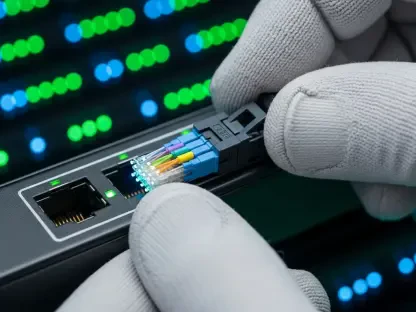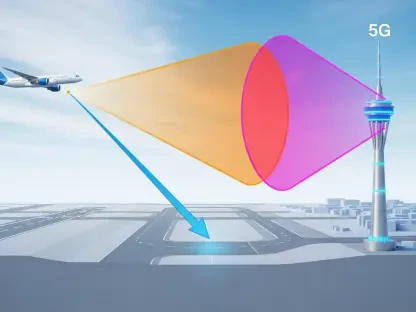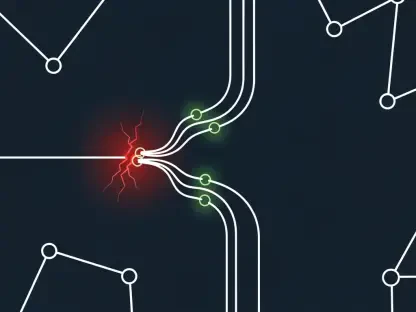I’m thrilled to sit down with Vladislav Zaimov, a seasoned telecommunications specialist with a deep background in enterprise telecom systems and risk management for vulnerable networks. With his extensive expertise, Vladislav offers a unique perspective on the latest advancements in wireless technology and network security. Today, we’ll dive into the evolving landscape of network modernization, the transformative potential of AI in telecommunications, and the exciting journey toward 6G technology, all while exploring how these innovations are shaping the future of connectivity and sustainability.
Can you walk us through the significance of major network modernization deals, like those happening in Japan, and what they mean for the telecom industry at large?
Absolutely. These deals, particularly in a tech-forward market like Japan, signal a pivotal shift toward advanced network infrastructure. They often focus on upgrading 4G and expanding 5G capabilities, which are critical for meeting the growing demand for high-speed, reliable connectivity. Beyond that, they set a precedent for global telecom providers by showcasing how partnerships can drive innovation, improve coverage, and address challenges like energy efficiency. It’s about building a foundation that can support future technologies while enhancing user experience today.
What role do cutting-edge hardware solutions play in these network upgrades, and how do they improve performance?
Hardware is the backbone of any network upgrade. Take, for example, solutions like advanced Massive MIMO radios and baseband units. These technologies boost capacity and coverage by allowing multiple data streams to be transmitted simultaneously, which is essential for crowded urban areas. They’re also designed with efficiency in mind, often incorporating chipsets that reduce power consumption while maximizing throughput. This means operators can handle more traffic without a proportional increase in costs or environmental impact, which is a game-changer for scalability.
How is AI being integrated into network management these days, and what kind of impact is it having?
AI is revolutionizing network management by introducing automation and predictive capabilities. Tools that leverage AI can monitor network performance in real time, identify potential issues before they escalate, and optimize resource allocation dynamically. This leads to fewer outages, better service quality, and significant cost savings. Moreover, AI enables self-organizing network functions, which means the system can adapt to changing conditions—like traffic spikes—without human intervention. It’s like having a smart assistant that’s always fine-tuning the network for peak performance.
Let’s touch on the future—can you share some insights into the collaborative efforts around 6G research and what we might expect from these initiatives?
6G is still in its early stages, but the collaborative research happening now is incredibly promising. We’re seeing efforts focused on ultra-high-frequency bands, like the 7 GHz range, to test technologies such as advanced Massive MIMO systems. These trials aim to push the boundaries of speed and connectivity, potentially enabling applications we can’t even fully imagine yet—like holographic communications or massive IoT ecosystems. The goal is to create a network that’s not just faster but also smarter, with seamless integration of AI to manage complexity at scale.
Speaking of AI, there’s a lot of buzz around concepts like AI-RAN. Can you explain what this is and why it’s seen as a cornerstone for next-gen networks?
AI-RAN, or AI for Radio Access Networks, is about embedding artificial intelligence directly into the network’s core operations. It processes data in real time between base stations and servers to optimize connections, reduce latency, and increase capacity. Think of it as a brain that continuously learns how to make the network more efficient. For future systems like 6G, AI-RAN is crucial because it can handle the immense data loads and complex use cases we expect, ensuring that performance doesn’t degrade even as demand skyrockets.
Sustainability is becoming a priority in telecom. How are modern partnerships addressing energy efficiency in network deployments?
Sustainability is indeed a huge focus. Many modern partnerships prioritize energy-efficient hardware and software solutions to cut down on power usage. For instance, new chip technologies in baseband units lower energy consumption without sacrificing performance. Additionally, AI-driven tools help optimize network operations to use resources only when needed, reducing waste. These efforts not only lower operational costs but also align with global goals to reduce carbon footprints, making networks greener while still delivering top-tier service.
What is your forecast for the future of 6G and AI integration in telecommunications over the next decade?
I believe we’re on the cusp of a transformative decade. By 2030, I expect 6G to start rolling out in key markets, offering speeds and capabilities that dwarf 5G, with latency so low it’s practically imperceptible. AI integration will be at the heart of this, not just optimizing networks but enabling entirely new services—like real-time augmented reality on a massive scale. We’ll see networks that are almost entirely autonomous, adapting to user needs instantly. The challenge will be ensuring security and accessibility, but with the right focus, I’m optimistic we’ll build a connected world that’s both innovative and inclusive.









